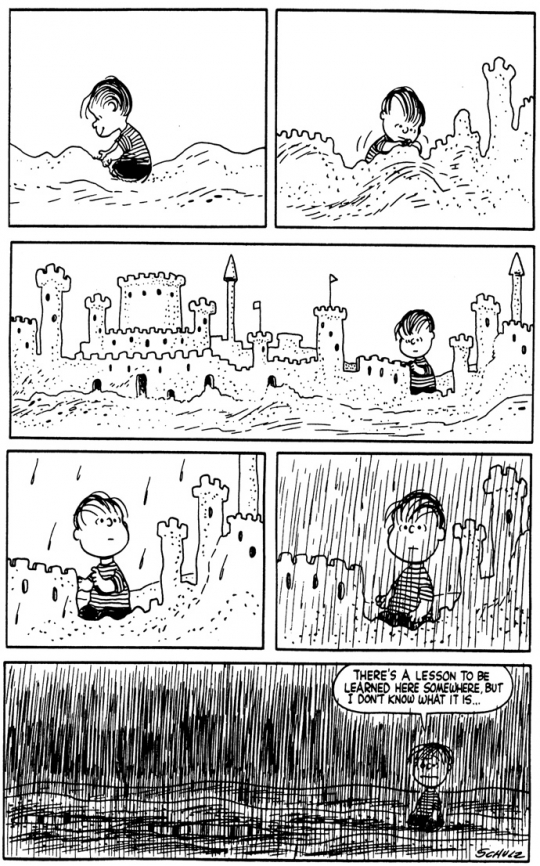| ← prev Rossby-wave breaking and all that: Tim Palmer and the Stratosphere |
Contents |
next → Recollections from our early years in the Met Office |

Julia Slingo
The Tropics, and especially the Indo-Pacific Warm Pool, act as the ‘engine room’ or ‘boiler house’ of the global climate system. Variations in this ‘engine room’, such as the effects of El Niño and the Madden Julian Oscillation (MJO) have global consequences through the process of tropical- extra-tropical interactions.
Tim has spent much of his career espousing the potential for climate prediction, especially on seasonal timescales, whilst I have spent much of mine exploring the processes and phenomena that make up the weather and climate of the Tropics, especially the Warm Pool, and whether climate models can capture these fundamental building blocks. After all, it is these that provide the potential for extended range forecasting from weeks to a season ahead.
The potential link between El Niño and the so-called Pacific North American (PNA) pattern had been known for many years, but the manifestation of that link was highly variable from event to event. It was Tim’s paper in 1986 that showed for the first time that what goes on in the Warm Pool is crucial for the strength of the extratropical response. He wrote: ‘It appears that a substantial part of the inter-El-Niño variability of seasonally averaged atmospheric circulation anomalies over the PNA area is directly associated with the variability of SST anomalies from one event to another. The further west the SST anomalies extend, the more intense and significant is the extratropical response in the northern hemisphere.’
I returned to the UK from NCAR in 1990 and began a research programme, exploring tropical weather and climate processes and phenomena, and whether climate models could represent modes of variability seen in satellite observations - from the diurnal cycle to easterly waves, tropical cyclones and the MJO. The answer was a resounding ‘No!’. Indeed, different forms of convective parametrization had fundamentally different representations of tropical transience, as I noted in 1994: ‘Analysis of the time-mean circulation is not sufficient to demonstrate the applicability of a (convection) parametrization scheme. The substantial differences in the representation of the transient component of the tropical diabatic heating has implications for local tropical weather prediction, extratropical teleconnection patterns, the development of equatorial waves and the propagation of wave energy from the troposphere to the stratosphere.’ So independently Tim and I were both seeking to understand how the tropics work and ‘lend’ predictability to the global climate system, through tropical-extratropical interactions.
Our paths didn’t really cross until the late 1990s when I was exploring the predictability of the Indian Summer Monsoon and Tim was developing multi-model seasonal prediction systems. I recall that we had joint meetings of our respective EU projects (DEMETER and PROMISE) including one at a lovely old monastery in Bologna.
My work was heavily influenced by the results that emerged from the remarkable field study – TOGA-COARE – that took place in the tropical Pacific in 1992/93. This highlighted some new physics and showed definitively that ocean-atmosphere coupling was fundamental to tropical weather and climate on all timescales. These ideas were encapsulated in the concept of tropical scale interactions shown in the figure below that I constructed in the late 1990s and had a huge influence on my subsequent research. It is interesting that, even then, we recognised the fundamental importance of up-scale processes for determining the tropical climate system, processes that are still largely lacking in climate models today.

Then in 1997 the El Niño of the century developed, clearly initiated by a succession of strong MJO events and associated westerly wind bursts. This raised all sorts of interesting questions about the predictability of El Nino and chaotic nature of the MJO; in some years the MJO is active and in some years it is not. This shone a light on the importance of the MJO within the tropical climate system and beyond. Today we know that the MJO is an important player in extratropical weather regimes, but the tropical scale interactions and convective organisation that play into it are still poorly represented in climate models.
Early in the 2000s the case for much higher resolution in climate models was increasingly being advocated and explored, in part to capitalize on the seamlessness of the weather–climate continuum, which Tim promoted so vigorously. Along with Shukla and others, Tim argued that unless we could get climate model resolutions down towards the kilometre scale, we had no chance of providing robust evidence on potential changes in regional weather and extreme events as the Earth warms.
The World Modelling Summit in 2007 made the case for an international effort – a CERN for Climate Change – to achieve this revolution in climate prediction. At that time, this call was not heeded by the scientific or user communities, but Tim unswervingly promoted and pioneered this endeavour over the subsequent decade or so, arguing that we are massively exposed to extreme events that the current IPCC models cannot capture and therefore anticipate - the unprecedented extremes of heat and flood in 2021 and 2022 were wake-up calls. If we are to ‘weather the storm’ of climate change then we must ensure that our actions are based on solid scientific foundations – and that means a revolution in climate prediction.
It's something that Linus in the cartoon (below) has yet to learn. I see the sandcastle as representing our increasingly complex and ornate solutions to climate change – be they resilience, adaptation or mitigation actions – but as Linus finds out, his sandcastle cannot withstand the storm. As the Bible story teaches us:
“Therefore, everyone who hears these words of mine and puts them into practice is like a wise man who built his house on the rock. The rain came down, the streams rose, and the winds blew and beat against that house; yet it did not fall, because it had its foundation on the rock.
But everyone who hears these words of mine and does not put them into practice is like a foolish man who built his house on sand. The rain came down, the streams rose, and the winds blew and beat against that house, and it fell with a great crash.”
— Matthew 7:24–27
Thank you, Tim for always challenging us to ‘build our house upon the rock’ of solid science!

| ← prev Rossby-wave breaking and all that: Tim Palmer and the Stratosphere |
↑ top | next → Recollections from our early years in the Met Office |
